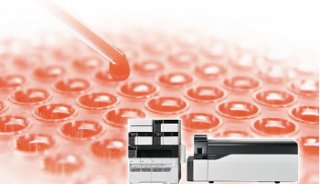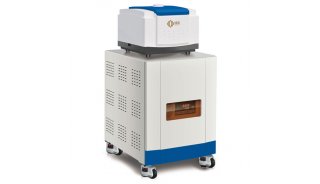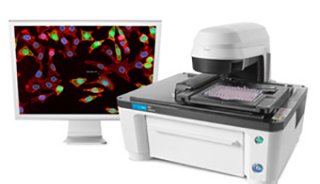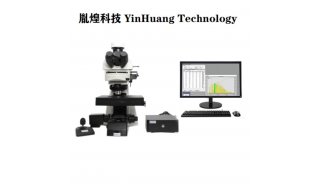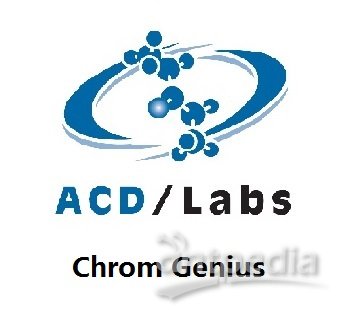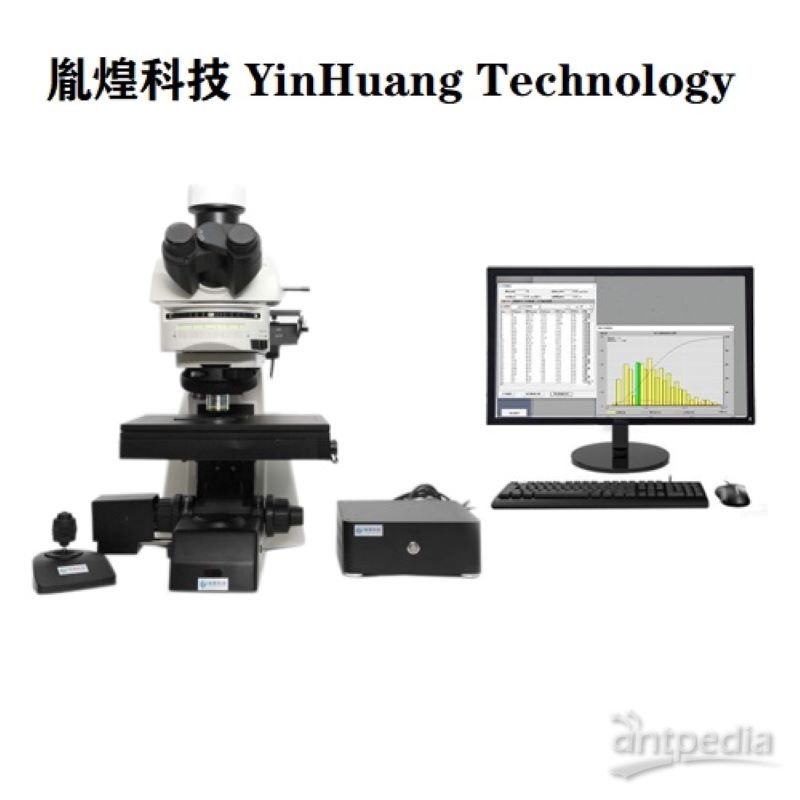JC-1分析线粒体膜电位的方法-2
3. COMMENTARY
3.1 Background information
The technique of JC-1 staining has been developed with the intent to detect DY in intact, viable cells. For this purpose JC-1 acts as a marker of mitochondrial activity, since the formation of J-aggregates, which give red emission, is reversible. Cells with high DY are those forming J-aggregates, thus showing high red fluorescence. On the other hand, cells with low DY are those in which JC-1 maintains (or re-acquire) monomeric form, thus showing only green fluorescence. Normally green fluorescence of depolarized cells is a little bit higher than that of polarized ones simply because of the presence of a higher amount of JC-1 monomers.
During their use, all reagents must be at room temperature and carefully checked for pH (7.4), since mitochondrial
is very sensitive to alterations of both parameters.
Staining procedure must be carried under no direct intense light and incubation in the dark, because the light sensitivity of JC-1.
Always wear gloves when handling JC-1.
The need of high DY for the formation of J-aggregates makes this staining not suitable for fixed samples. Indeed, this technique has to be considered as a functionality test. Possible disadvantages come from the wide emission spectrum of the dye, which occupies two fluorescence channels, thus avoiding the use of other probes conjugated with FITC (e.g. monoclonal antibodies). The coupling with probes emitting in deep red detectable in FL3 channel is theoretically possible, but has many problems in compensating the different fluorescences, depending on the particular emission spectrum of each probe (quenching phenomenon). In particular, using propidium iodide for assessing cell viability in cells labelled with JC-1 can create consistent problems.
Only recently can the Authors test the stability of the probe in living cells fixed after the staining. This was done because cells were infected with HIV-1, and it is strongly recommended to fix such cells before running them into a flow cytometer. A light fixation with 0.5% formaldeide (few minutes at room temperature) however does not change the fluorescence pattern.
3.3 Trobleshooting
1. Presence of fluorescent molecules other than JC-1 in the sample: analyze first a non stained sample and set the instrument on its spontaneus fluorescence, then analyze the stained samples with the same setting. See also point 3.2.
2. Cells are not well stained: increase the amount of JC-1. Try to stain with an incubation at 37°C instead at room temperature.
3. Cell are too much stained: decrease the amount of JC-1. Leave the cells to stay a little bit longer in the JC-1 free PBS in order to allow the dye to reach the appropiate distribution equilibrium.
4. Fluorescence pattern too much widespread: see point 3.4. Do not consider any event with a very high FL2 fluorescence: very often they are JC-1 aggregates. Increase FSC threshold and discard debris with electronic gating: the presence of stained debris or broken cells can constitute a confounding element in the whole fluorescence pattern.
3.4 Anticipated results
It is recommended to perform each experiment using a "positive control" sample, in which mitochondria of all cells have been depolarized in order to have a correct setting of the instrument. Treating cells with drugs able to collapse DY, such as the K+ ionophor valinomycin (100 nM or more) or the proton translocator carbonyl cyanide p-(trifluoromethoxy) phenylhydrazone (FCCP, 250 nM), results in a dramatic change of the fluorescence distribution that indicates where depolarized cells have to go and helps a lot in setting the compensation. For problems related to intracellular trafficking and drug neutralization, valinomycin works much better than FCCP (and is also less expensive).
When the sample contains an heterogeneic cell population, it is possible to see different fluorescence patterns due to the variable content in membranes and mitochondria of cell subpopulations. It is typical the case of peripheral blood mononuclear cells (PBMC), formed by lymphocytes and monocytes, the first being smaller and with less mitochondrial content than the latter. Accordingly, the fluorescence pattern of JC-1 of such sample shows two distinct peaks, one corresponding to lymphocytes, and the second, brighter in both FL1 and FL2, corresponding to monocytes.
Another good control is that of mitochondrial mass, that can be done with nonyl acridine orange (NAO), that binds mitochondria independently of their energization state, and whose fluorescence is detectable in FL1. Typically, cells are incubated at the concentration of 0.5-1x106 cells/mL with 10 µM NAO (Molecular Probes) for 10 min. in the dark at room temperature, washed twice in cold PBS and immediately analyzed. The result you obtain gives you an idea of the mass of mitochondria present within a cell, and allows you to be sure that the changes you see with a potential-sensitive probe are not dependent upon the simple loss of organelles. It is easy to imagine that also in this case monocytes are brighter than lymphocytes.
3.5 Time considerations
The protocol of JC-1 staining does not require a long time (more or less 30 minutes). The duration of the staining procedure can obviously increase, depending on the number of samples to be analyzed.






